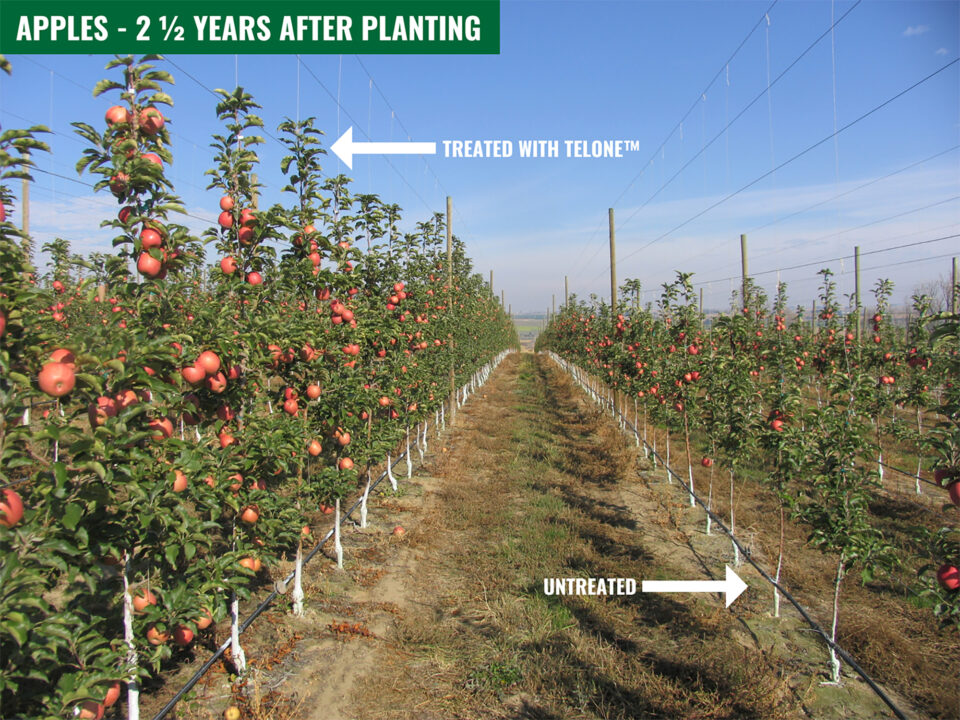Indoor Berry Boom an Opportunity for Growers To Boost Bottom Line
Indoor-grown berries can be a highly profitable crop for greenhouse growers of all sizes, and several greenhouse operations have already added berries to their production lines. Berry sales are increasing along with consumer demand for fresh, flavorful produce that they have access to year-round. Consequently, there are still opportunities in this market you can take advantage of if you are looking for new ways to diversify your business.
Compared to outdoor growing, producing berries in greenhouses is less labor intensive and not as subject to the whims of the weather. Greenhouses can often find efficiencies in the use of water, nutrients, and pesticides that can be harder to achieve with outdoor production. And with the current increases in freight costs, shortened distance to retail markets and reduced transportation costs offer real benefits for berry-growing operations.
What does it cost to grow berries in a greenhouse? Researchers at The Ohio State University have the answer. They estimate that “a typical off-season production cycle (10 months of plant growing for eight months of fruit harvest) suggests that operational costs for greenhouse strawberry production located in the Midwest region are likely $3 to $4 per square foot of greenhouse (10 months) at 10 plants/m2 density (growing area),” according to a “Controlled-Environment Berry Production Information” online article presented by Kubota Labs.
The above estimation obviously can vary based on climate conditions, growing systems, transplants, utilities, and other factors. However, it is a good starting point for anyone looking into berry growing. Click here to learn more about the key information researchers used to estimate the costs of berry growing.
Burkhard Metzger, General Manager Produce Growing at Prospiant, addresses the question of whether growers should convert an existing greenhouse structure for berry growing or build new in “Win the Race to Market With Greenhouses Engineered for Strawberries and Lettuce.”
“Our answer is almost always no — because commercial greenhouses are designed and constructed to grow specific crops and achieve unique yield targets,” Metzger says. “It is in most cases cost-prohibitive to retrofit systems for irrigation, fertigation, lighting, and control of heating, cooling, and humidity.”
For more, continue reading at GreenhouseGrower.com.










